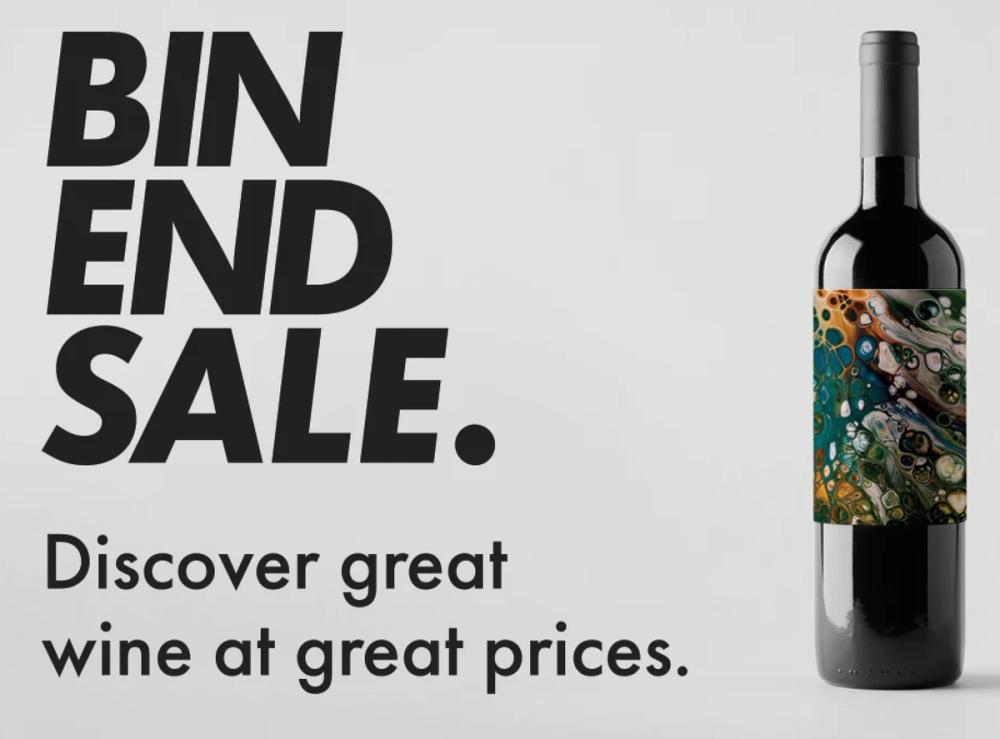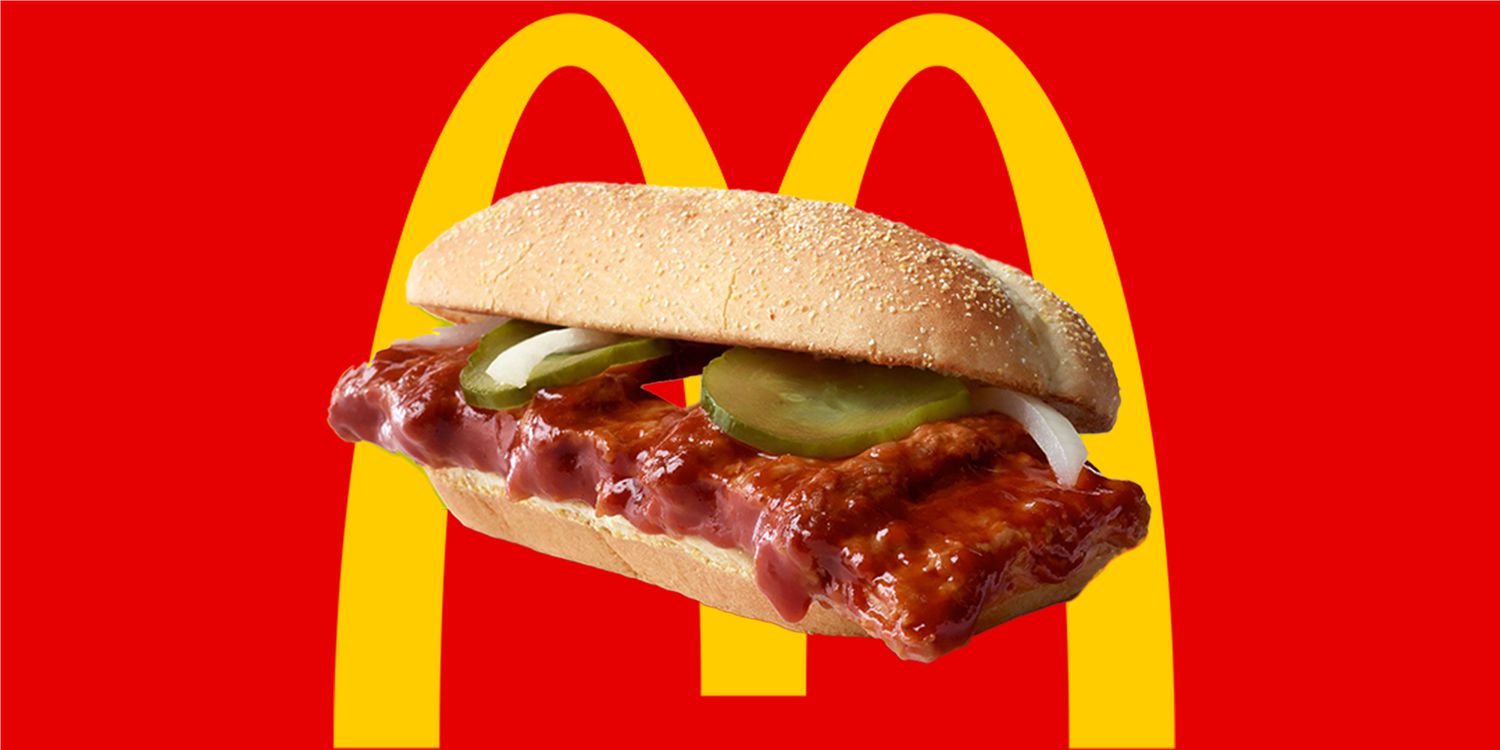Today, across the UK, you’ll be able to buy the elusive McRib for the first time in nearly 10 years. The sandwich first went on sale in the 1980s. It was dropped due to low interest, then brought back thanks to a letter-writing campaign from die-hard fans. It now appears every few years for a limited time. There’s a media frenzy and sales spike, before it disappears again like some kind of BBQ sauce-covered cicada.

It's back! For many the return of the McRib sandwich is worth queing up at McDonalds for
So why don’t McDonald’s have it on their menu all the time? Because they know that if they make it available all the time, people don’t care about it. It’s no longer special. The very fact that it’s only around for a brief period every few years is what makes it attractive.
The reason? A cognitive bias (error in rational thinking), called scarcity bias. In short, the human mind is an absolute sucker for exclusivity.
It’s the reason Nike releases limited edition sneakers, Supreme & Stüssy make you queue to get into their stores, and e-commerce sites remind you that “five people have this item in their basket right now”.
Cognitive biases
Cognitive biases, or heuristics are mental shortcuts. In his books ‘Choice Factory’1 & ‘The Illusion of Choice’2, behavioural scientist Richard Shotton discusses that these biases are ways of reducing our cognitive load. At one point they would have had some sort of evolutionary advantage.

Richard Shotton sets out what drives human behaviour when out shopping in his fascinating book Choice Factory
We need to make a lot of decisions very quickly. We only have so much brain processing power. Traits that stopped us from pondering and scratching our chins while a lion was charging towards us were more likely to be passed on to the next generation.
You can easily see why scarcity bias works from an evolutionary standpoint. Those who grabbed things in short supply first were more likely to survive to pass on our genes. But it’s interesting how much this still rings true.
A 1975 study by Stephen Worchel found participants picking a cookie from a jar containing two cookies found them more tasty than those picking the same cookies from an equally sized jar containing four.
The visual cue of others having chosen something already provides all the social proof we need. We don’t need to waste time deciding if something is “good”, we can make things easier on our brains by working out if it’s popular. If there isn’t a lot of something, we want it more - and it tastes better when we get it.
What’s this got to do with wine?
With wine we have a mixed relationship with scarcity bias. Some areas of the industry nail it, while others could be using it to better effect.
Some winemakers and regions understand it perfectly. Have a quick chat to any East London sommelier about Ganevat or Keller and you’ll see how scarcity increases perceived value.
It’s not a new phenomenon either. It may not be the original reason en primeur came to be, but the campaigns work to make wines appear more scarce pre-release, increasing demand.
Did those monks know, when they were building the wall around a little 1.8 hectare plot in Burgundy, that 1,000 years later it would lead to people forking out half the UK average annual wage for a single bottle of wine from the Clos?
You might think hype is a bunch of marketing BS. But with something like flavour, where there is a large psychological element, scarcity literally changes your perception of a product. It makes you enjoy it more. Perhaps being a little less cynical is in our best interests.
Bin ends

Tom Planer makes the case for why Bin End sales are not the best way for wine retailers to be selling their wines
But there is one big area where the wine world isn’t quite so hot on scarcity...bin ends.
When retailers only have a few bottles left of something, or importers do - they try to clear the space on their shelves - and so what do they do? Sell it at a discount.
Yes it gets rid of the last few bottles, yes it clears space on the shelves.
But discounting loses them money, and according to marketing and behavioural science expert Rory Sutherland it’s the exact opposite of what retailers should be doing.
Rather than popping them in the corner with a sign saying “Bin Ends” and selling them at a discount, we should be championing the fact that there’s “only a few bottles left!” and charging a premium. Or selling them at the “normal” price at the very least.
The theory suggests that the customer’s brain will kick into gear, tell them that some other wine-loving ape is going to beat them to those last few bottles, and empty their wallets accordingly.
This seems like a win-win for all involved.
The retailer gets to clear their shelves, sell their stock at full price and nudge buyers away from expecting discounts. The customer spends slightly more, but likely doesn’t care, because they feel like they’ve got something special. Plus their primitive brains will trick them into thinking it literally tastes better - and come back for more.
Best of all, while they’re buying their wine they don’t need to look at a sign that conjures up images of bin bag malfunctions... speaking of trash, I’m off to start queuing for a McRib.
* Tom Planer is founder of Corkable which helps match people's personal wine buying preferences to the bottles in the wine shops they visit. You can find out more here.
































